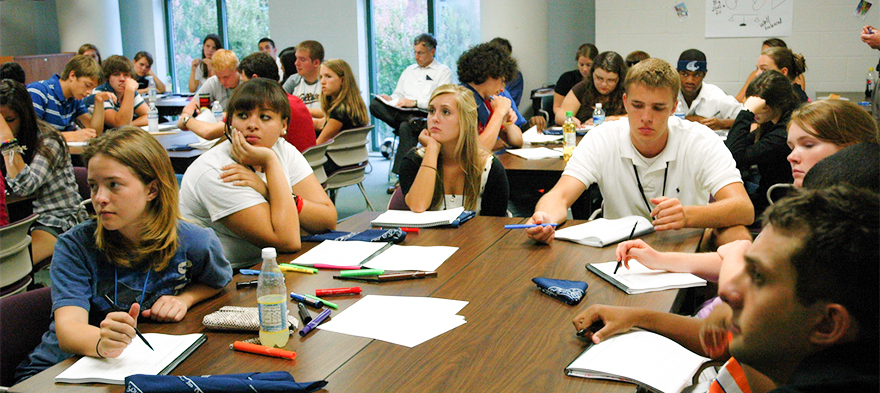
Clifford Thomas manages Philadelphia School Partnership’s policy platform, providing research and reports to the organization based on high-quality studies. His work is primarily focused on aggregating, reviewing and distributing information on best practices in education policy and practice, while working to elevate policy issues specific to Philadelphia’s public schools. Prior to joining PSP, Cliff was the founder and executive director of Invictus Prep, a college-prep charter school in East New York, Brooklyn. He was responsible for all initial recruitment, fundraising and operational efforts, leading the school to achieve two years of academic growth every year for the school’s first three years. Most recently, Cliff worked as a program manager for the JPMorgan Chase Foundation’s Fellowship Initiative, a college-prep program for young men of color in high schools across New York City, Chicago, and Los Angeles. Prior to that, Cliff was a policy and research associate at the Boston Plan for Excellence, a non-profit dedicated to driving exceptional outcomes for students and teachers by developing great teachers and great schools. Cliff began his career teaching living environment and advanced placement biology in Brooklyn, New York, while also coaching varsity basketball and interning with the New York City Council’s Middle School Task Force as a research associate. Cliff earned an honors degree in biological anthropology from Harvard University, and a master’s in secondary science Education from Pace University.
The fight for educational equity has never been just about schools. The real North Star for this work is providing opportunities for each child to thrive into adulthood. This means that our advocacy...
Your donation will support the work we do at brightbeam to shine a light on the voices who challenge decision makers to provide the learning opportunities all children need to thrive.
Ed Post is the flagship website platform of brightbeam, a 501(c3) network of education activists and influencers demanding a better education and a brighter future for every child.
© 2020–2024 brightbeam. All rights reserved.